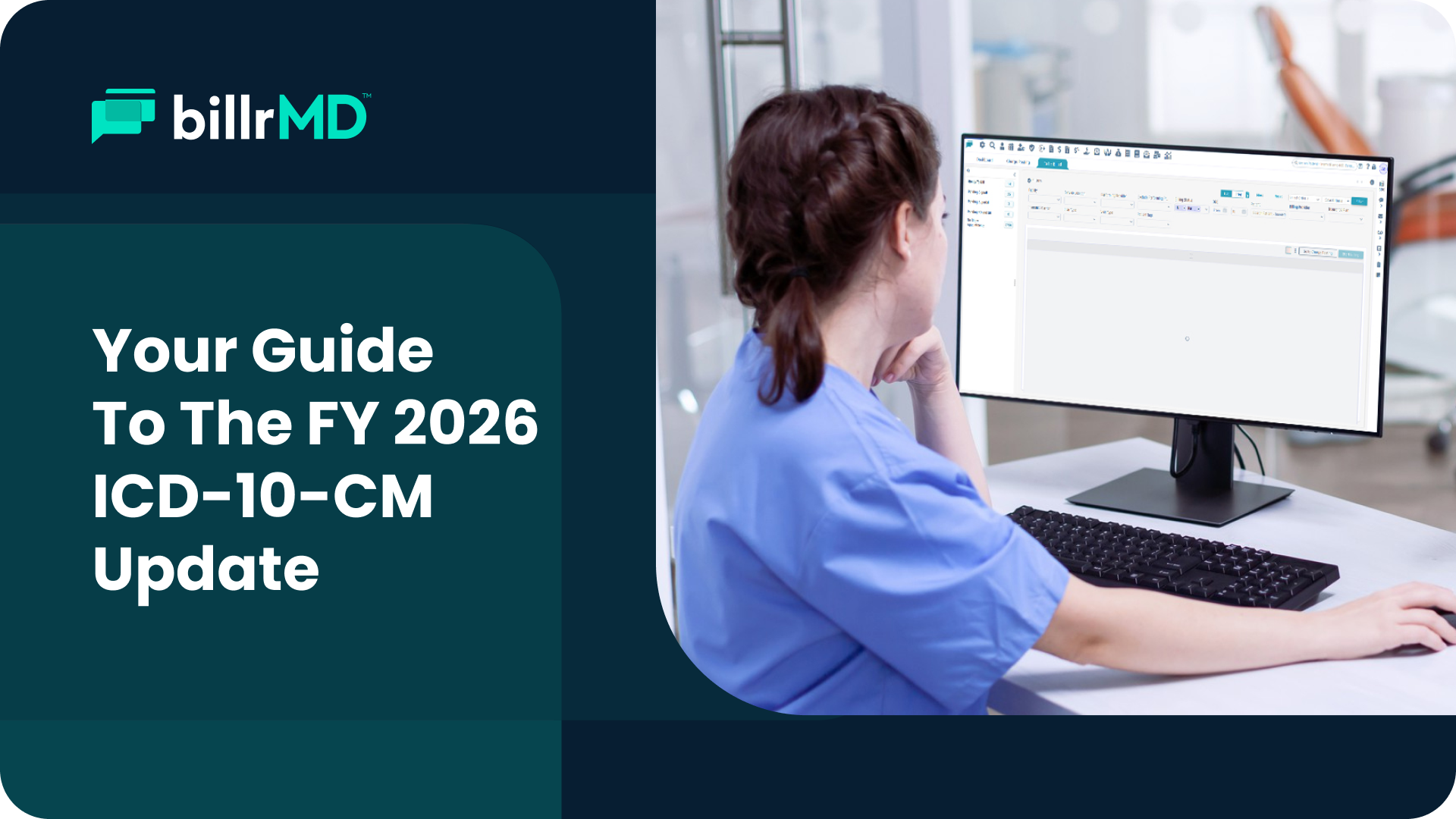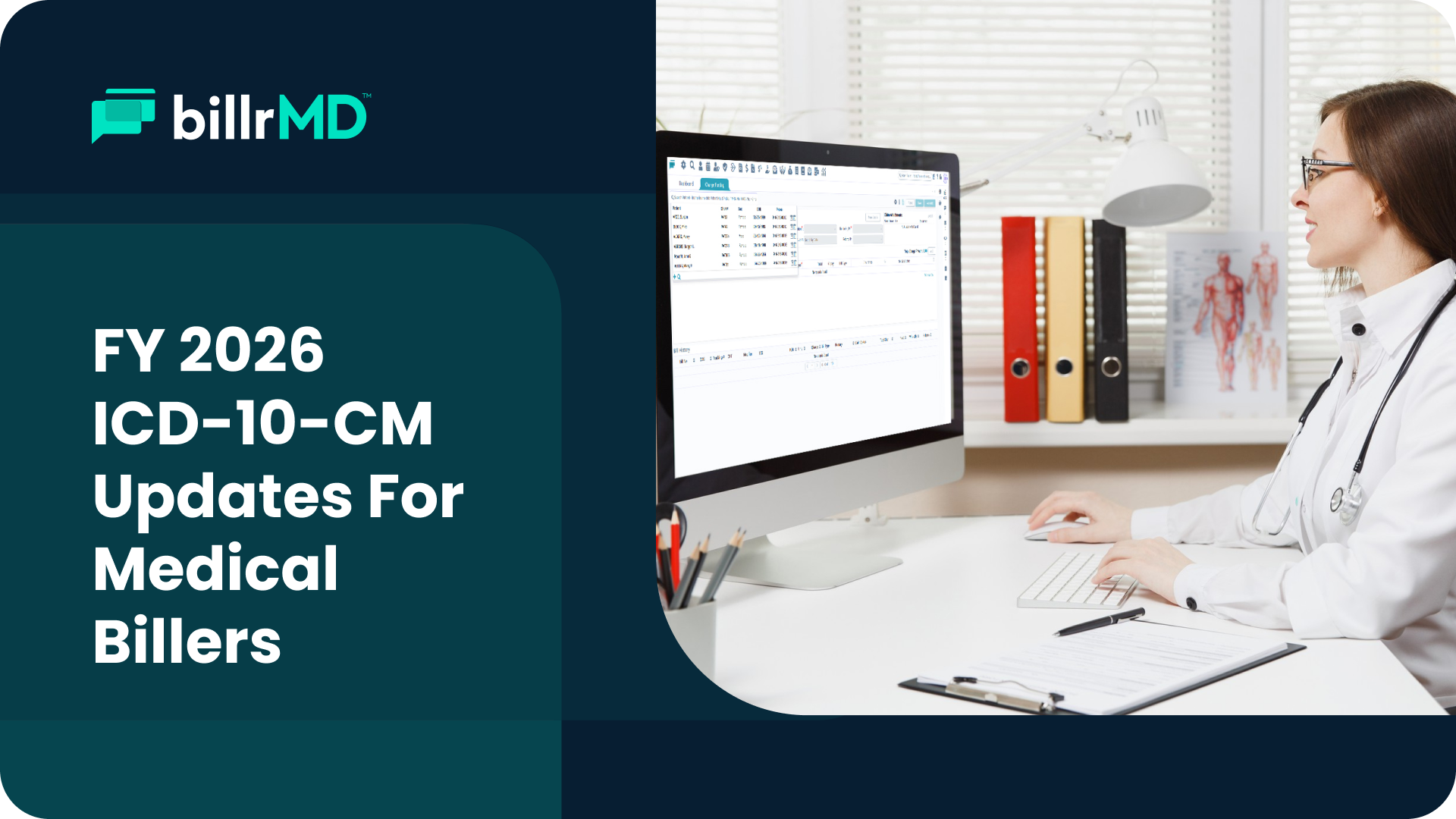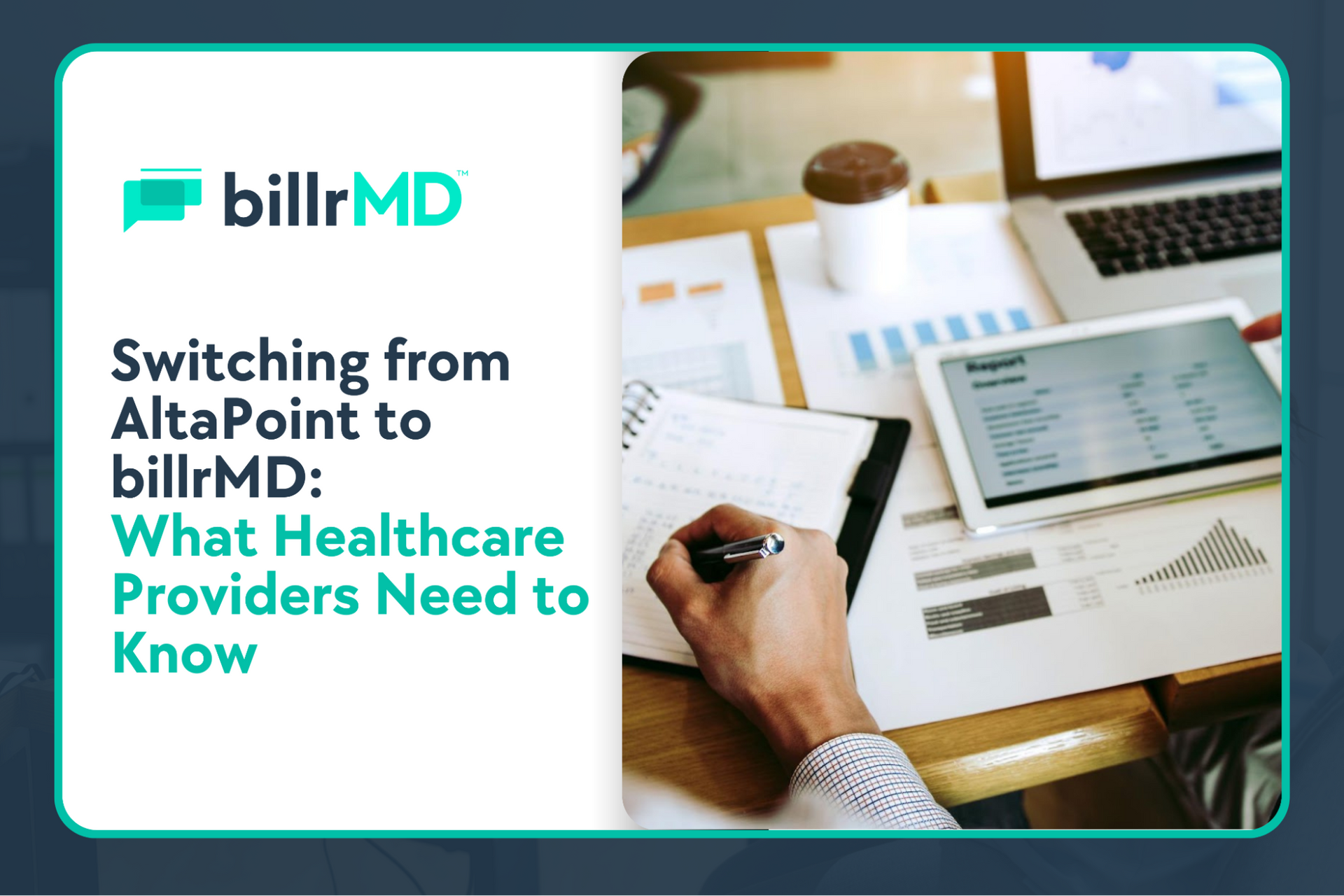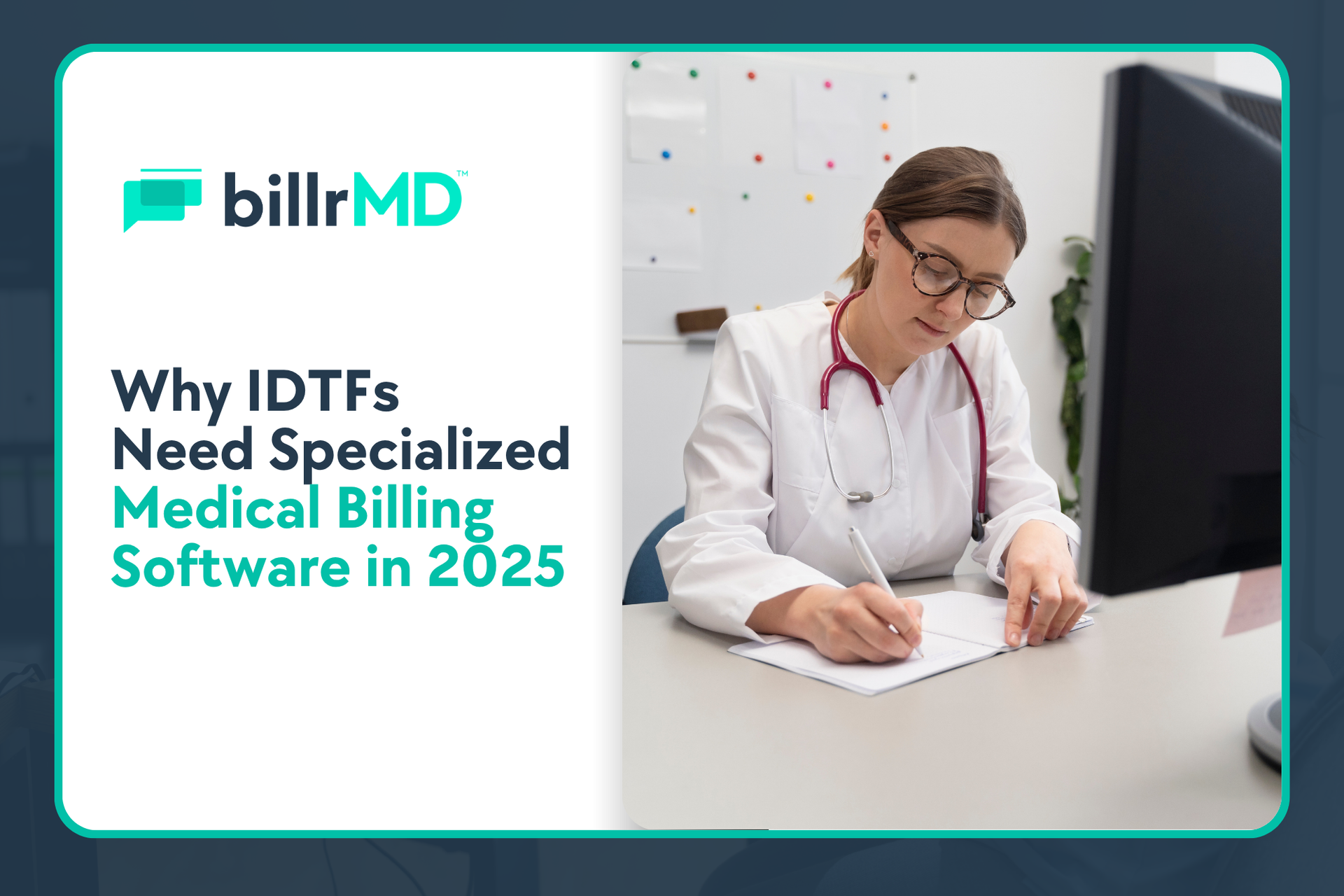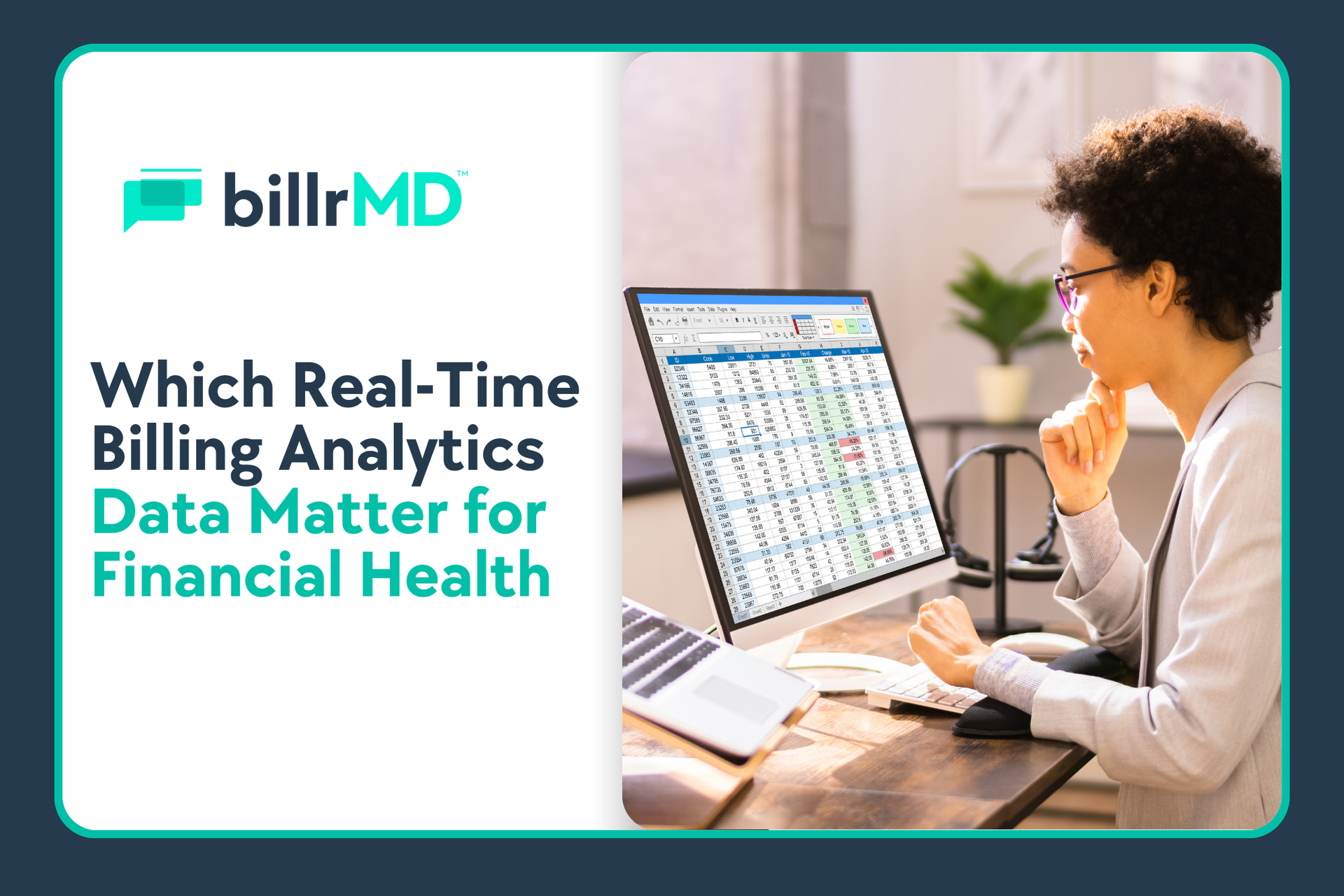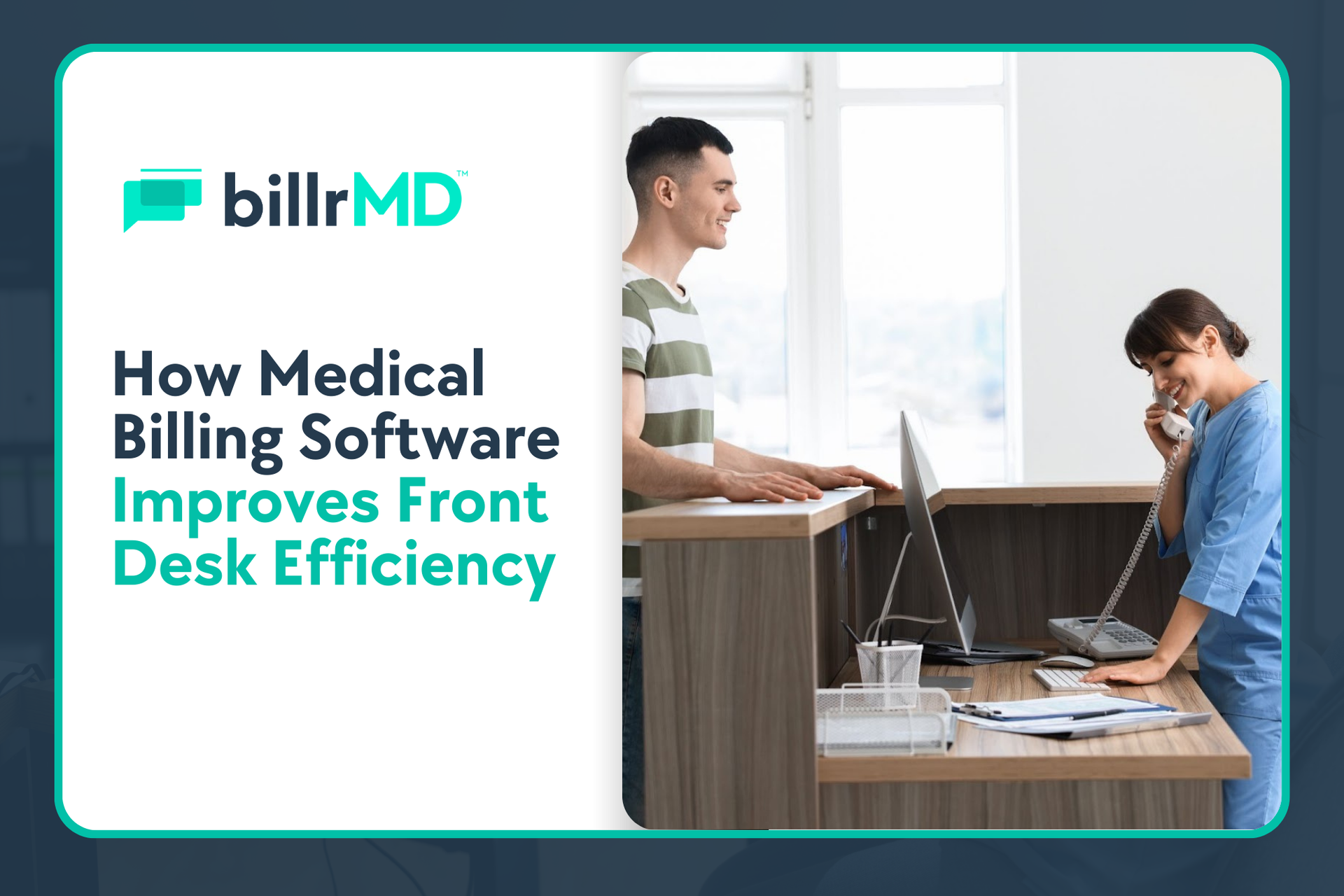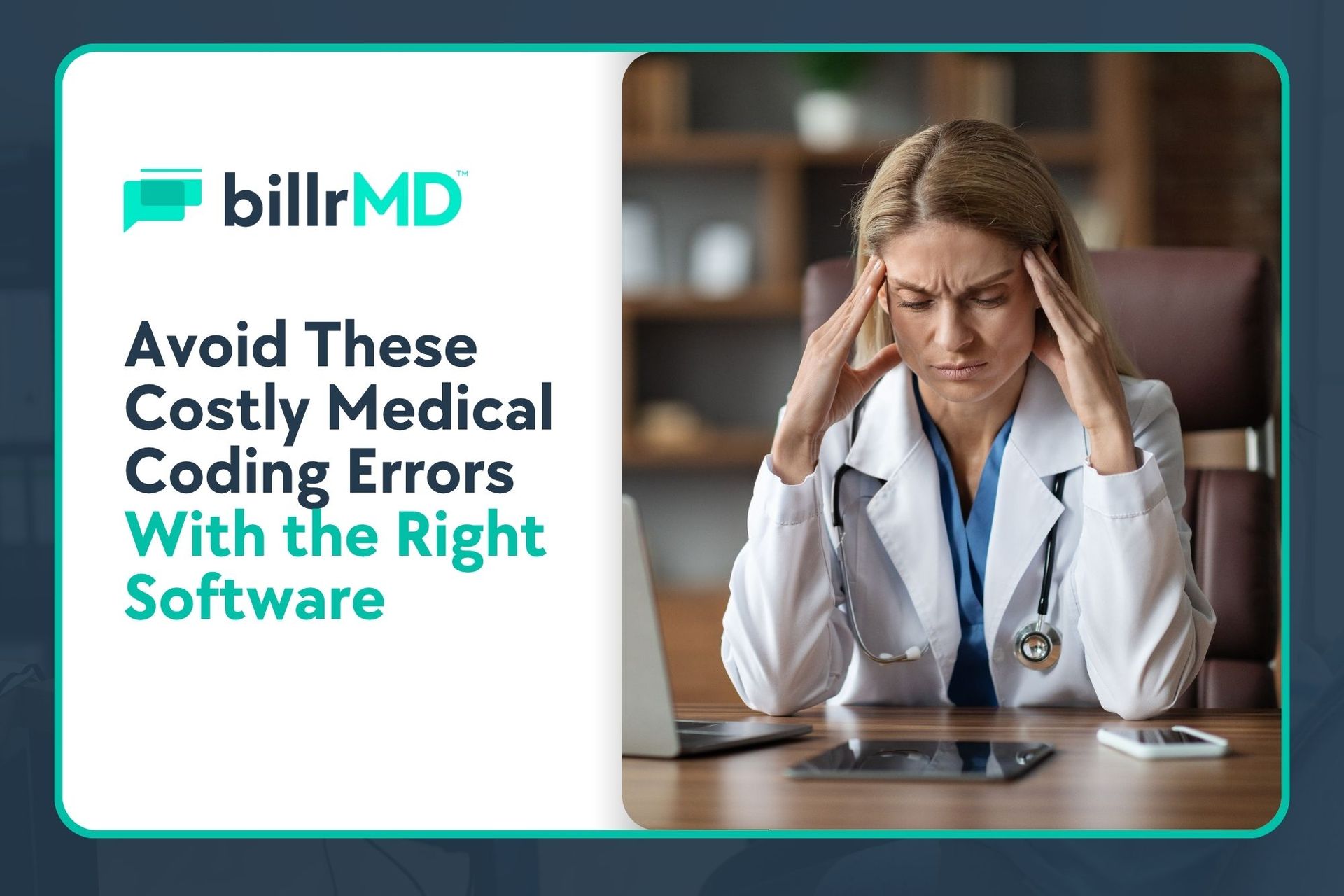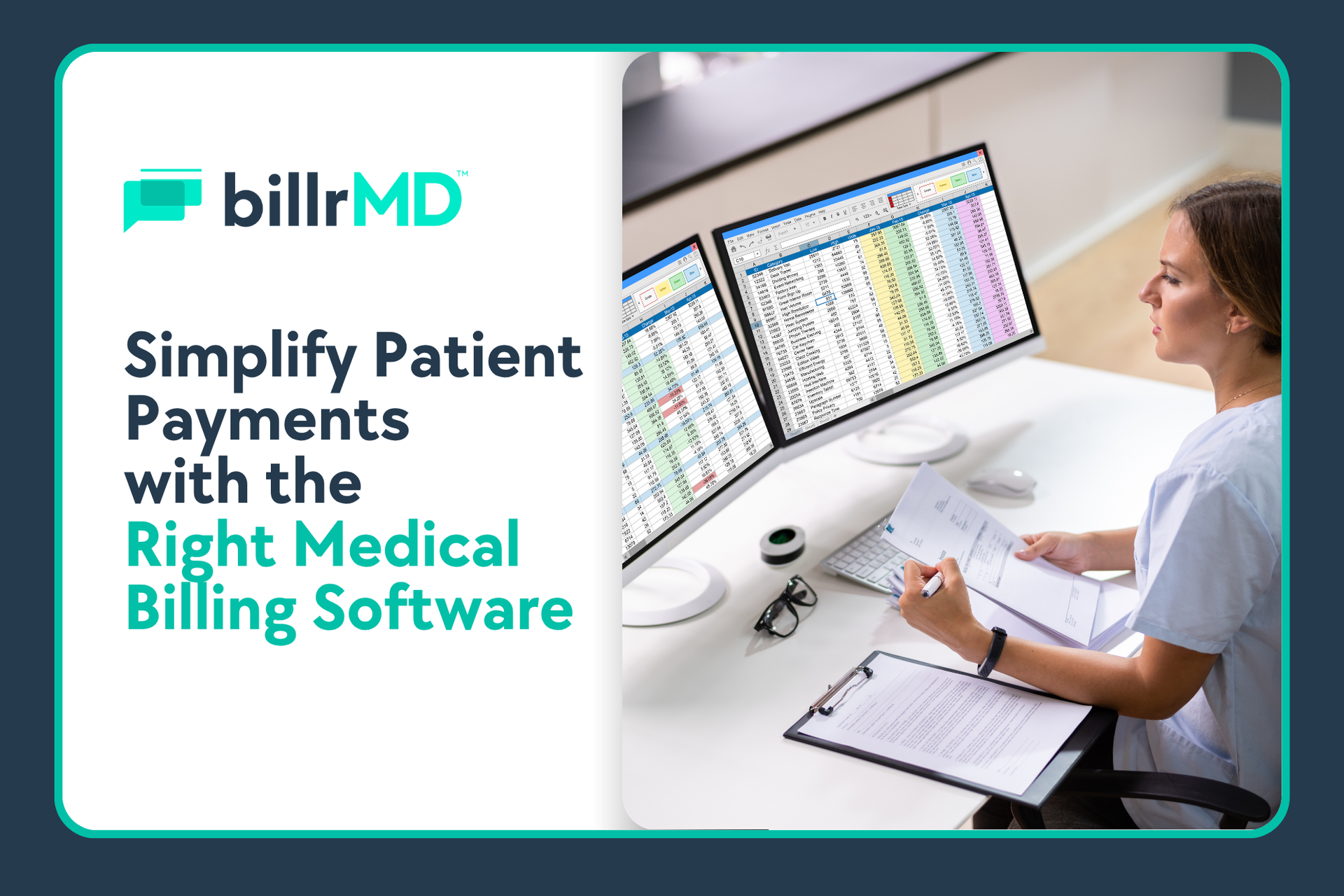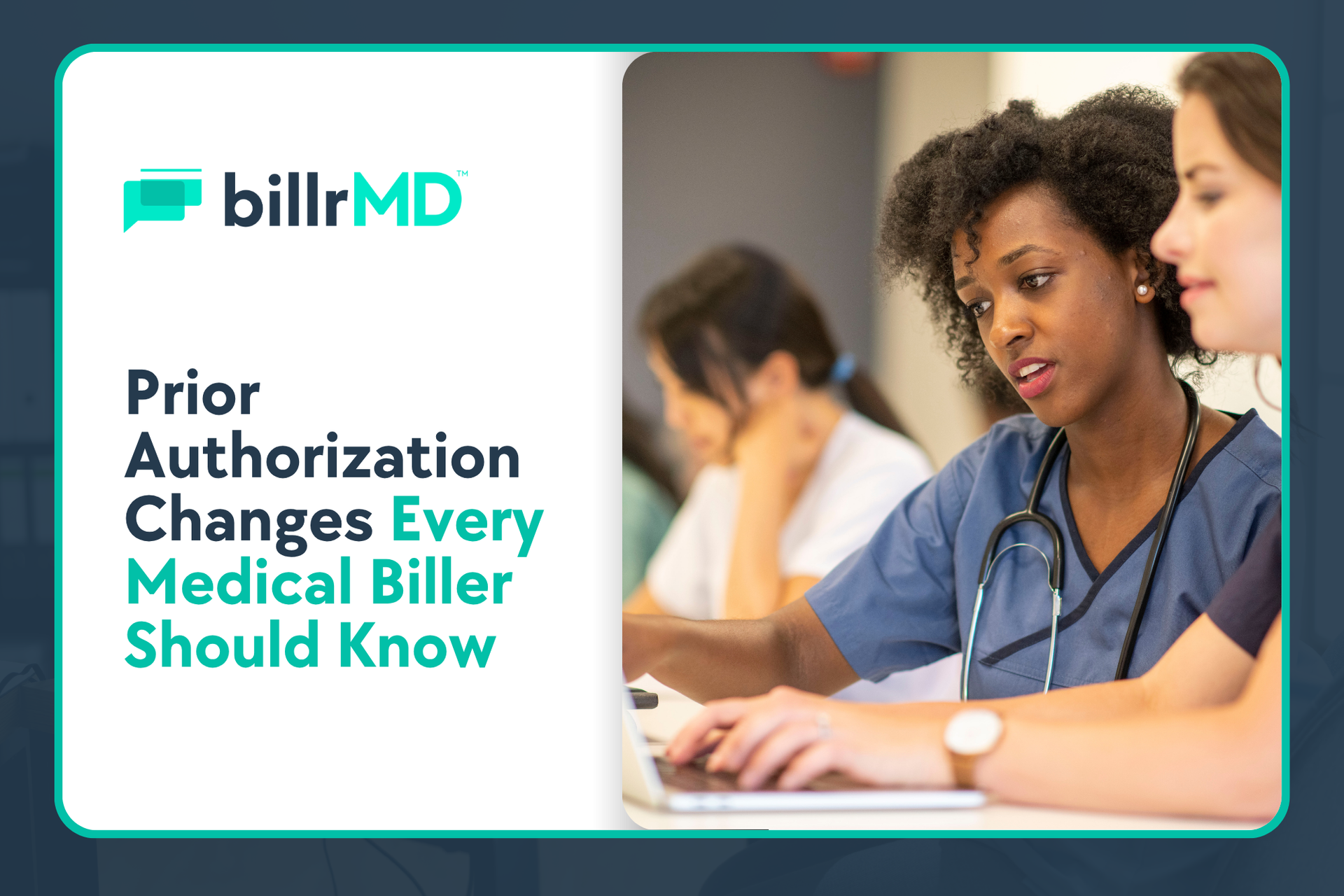Maximizing RCM: A Comprehensive Guide for Healthcare Providers


U.S. hospitals and health systems have weathered extraordinary challenges in the past few years. Based on a Becker's Hospital CFO Report, Fitch Ratings Senior Director, Kevin Holloran, labeled 2022 the ‘worst operating year.' While 2023 showed some improvement in profitability, it still didn't match the pre-pandemic levels.
According to the Healthcare Financial Management Association (HFMA) article, hospitals entered 2024 on a more stable financial footing. However, they continue to face significant obstacles.
With growing financial strain, healthcare leaders are increasingly driven to find innovative solutions. The rise in operational expenses, staffing shortages, complex payer negotiations, declining reimbursement rates, and the complex nature of payer relationships are notable issues healthcare providers must address.
Keeping your practice financially strong requires effective revenue cycle management (RCM). By ensuring the accuracy of all administrative and clinical functions involved in capturing, managing, and collecting patient service revenue, healthcare practices can enjoy:
- Timely reimbursements
- Reduced claim denials
- Lesser administrative burdens
- More time to focus on patient care
- Higher patient satisfaction
- Efficient use of resources
However, you must optimize your entire revenue cycle management process to reap these rewards.
Are you looking for an integrated RCM solution?
How to Streamline Your Revenue Cycle Management
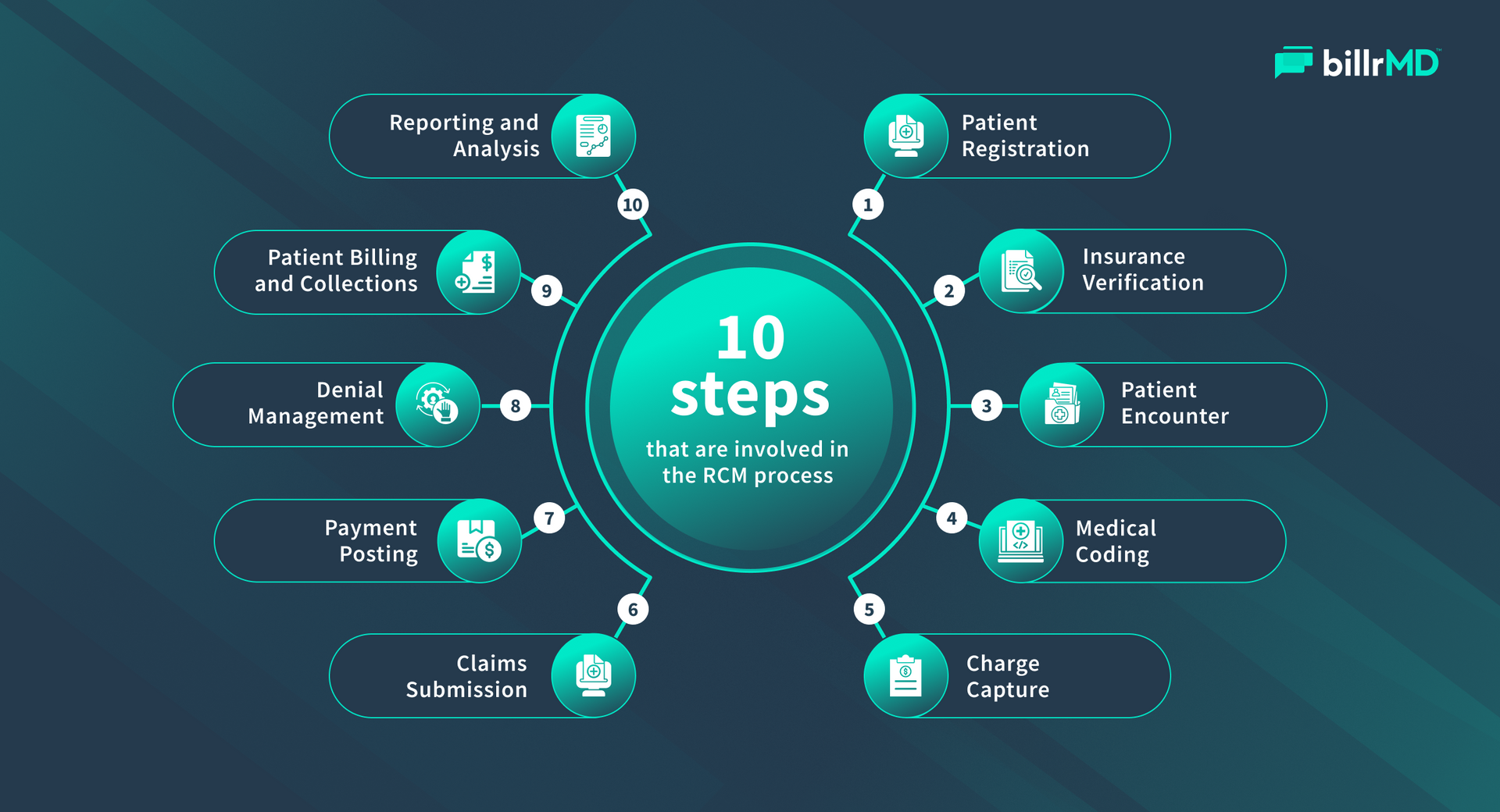
Healthcare revenue cycle management encompasses the entire financial lifecycle of a patient account, from the first appointment scheduling and registration to the final balance payment.
Optimizing the revenue cycle requires using
integrated healthcare software that offers automation, analytics, customized workflows, and patient-centric tools. Here are key strategies to help you enhance the ten steps of your RCM process:
1. Patient Registration
The first and most crucial part of the medical revenue cycle management starts the moment a patient walks in—their registration. This step is foundational, requiring the collection of accurate patient information to ensure a smooth operation. It's also important to update these records regularly to avoid discrepancies.
Tip: Many healthcare providers now use electronic registration forms, allowing patients to fill them out before their appointments. This approach reduces waiting times and data entry errors. Additionally, using digital tools to scan insurance cards and IDs further streamlines the process.
2. Insurance Verification
Before any medical procedure, it's essential to check a patient's insurance coverage. This step ensures that the services planned are covered and clarifies what benefits apply. It’s a crucial step to prevent any surprises regarding costs or coverage.
Tip: One of the best approaches is to integrate automated verification systems. These systems link directly with insurers to provide real-time updates about coverage limits and policy statuses. This step reduces errors and minimizes the risk of claims rejection due to inaccuracies.
A dashboard displaying the insurance verification status for incoming patients adds another layer of efficiency. It lets you quickly see who might need an additional follow-up with their insurance providers before their appointment.
3. Patient Encounter
This stage requires carefully documenting the medical services provided. Accurately recording symptoms, diagnoses, treatments, and procedures is essential for precise billing.
Tip: Employing a unified platform that integrates EHR and RCM systems with digital tools for note-taking and clinical chart organization creates a more cohesive approach to patient data management.
Such a system enhances the billing process by instantly updating changes in treatment and procedures. The result? Improved accuracy in documentation and medical billing, reduced risk of errors, and smoother communication across departments.
4. Medical Coding
Medical coding is translating clinical documentation into specific International Classification of Diseases (ICD) and Current Procedural Terminology (CPT) codes. Proper coding ensures accurate billing and improves healthcare analytics.
Tip: Ensure your staff receives ongoing training and certification to stay current with evolving coding standards and regulations. Artificial intelligence is increasingly becoming a vital tool in enhancing revenue cycle management. Use medical billing software with AI-powered coding assistance, offering real-time guidance and updates to minimize errors and boost accuracy. By relying on advanced software that gets frequent updates, you can comply with the latest healthcare regulations without worrying about falling behind.
5. Charge Capture
This step in the healthcare revenue cycle focuses on the precise entry and verification of charges for each service offered during patient care.
Tip: Implement real-time data synchronization between clinical and billing systems to minimize delays and errors in charge capture. Conduct regular audits of charge entries to help identify and rectify any missed or incorrect billable services, optimizing revenue and maintaining billing accuracy.
6. Claims Submission
The claims submission step involves preparing and sending claims to insurance providers to request payment for medical services rendered. Key activities include compiling all necessary documentation, such as patient information, medical records, and treatment details, to ensure comprehensive claims that meet insurance requirements.
Tip: Switch to an electronic claims submission system. It cuts down on manual work, reduces errors, and speeds up the entire process. Plus, it helps keep all your documents in order, ensuring you don’t leave out anything important from your claims.
Another great tool is claims scrubbing technology. It checks your claims for common mistakes, like wrong codes or missing information, before you send them off. Fixing these issues early on increases the chances of your claims being approved and lowers the risk of denials or rejections.
7. Payment Posting
Payment posting is the process of accurately recording the payments received from payers and ensuring everything aligns correctly with your accounts. This step is vital for maintaining your financial records and tracking your revenue accurately.
Tip: To streamline this process, healthcare providers can use automated payment posting tools. These tools handle vast amounts of payment data, reducing the time and effort needed for manual entries and minimizing the chances of mistakes.
Adopt a medical billing system with a dashboard that gives you a real-time snapshot of all pending receivables and the status of each payment. This tool can make the payment posting process much more efficient. It lets billers quickly spot outstanding payments, monitor claim statuses, and prioritize follow-up actions.
8. Denial Management
According to an MGMA Stat poll, 60% of medical group leaders have observed a rise in claim denial rates in their practices this year compared to the same time in 2023.
Denial management helps recover revenue lost to insurance denials. The process involves pinpointing and analyzing denied claims to uncover patterns and root causes, such as missing details, coding mistakes, or eligibility problems.
Once your team identifies these issues, they correct and resubmit the claims, ensuring compliance with payer requirements to minimize delays. Consistently monitoring these claims ensures they are processed and paid on time, allowing for quick resolution of any subsequent issues.
Tip: For better revenue cycle claims management, use advanced analytics tools that offer deep insights into denial patterns and trends. These tools can pinpoint common reasons for denials and predict potential future issues by analyzing large volumes of data.
Manually analyzing data is a tedious and lengthy process. Thanks to these new tools, what used to take your team hours or even days can now be done in just minutes. This swift data handling speeds up claim resubmissions and gives billers the insights they need to refine claims processing.
A proactive approach means addressing existing denials and implementing strategies involving thorough documentation, regular audits, and claims scrubbing tools to prevent these issues from occurring.
9. Patient Billing and Collections
This stage involves invoicing patients for their share of the healthcare costs and managing the collection of these payments. Effective patient billing and collections are critical in keeping the cash flow steady and maintaining the financial health of the healthcare facility.
Tip: Communicate clearly and transparently about financial responsibilities. Explain the charges, payment deadlines, and available payment options. Utilize electronic billing systems to make it easier for patients to view and pay their bills online. Implement an online payment portal that offers various payment options (bank transfers, credit cards, and payment plans) to enhance patient convenience and prompt payments.
10. Reporting and Analysis
Detailed reports are crucial for monitoring various metrics and ensuring the efficiency and effectiveness of the entire RCM workflow.
Tip: Use a platform with advanced analytics to spot trends, identify inefficiencies, and find opportunities for improvement. For instance, predictive analytics can forecast potential denials, enabling you to take proactive steps.
Real-time data visualizations through dashboards can make tracking performance even easier. Customize these dashboards to highlight the most critical KPIs for different stakeholders. Set up a routine for regular performance reviews, as well. Discuss key metrics, review progress, and address issues to keep the RCM process agile and responsive.
Maximize Your Revenue with billrMD!
Effective revenue cycle management is key to financial stability and smooth operations. By focusing on constant improvement, shifting to patient-centric billing, adopting proven best practices, and using the latest technology, you can significantly enhance your RCM processes. Regular audits, performance reviews, and ongoing staff training help maintain efficiency and accuracy over time.
billrMD is here to simplify and enhance your RCM processes. We offer web-based medical billing and practice management software tools that ensure every aspect of the revenue cycle, from patient registration to detailed reporting, runs smoothly. Our features, such as automation, real-time insights, customizable workflows, and other scalable solutions, are designed to help you maximize revenue and reduce administrative hassles.
Experience the difference billrMD can make—schedule a demo with us today and see for yourself!

